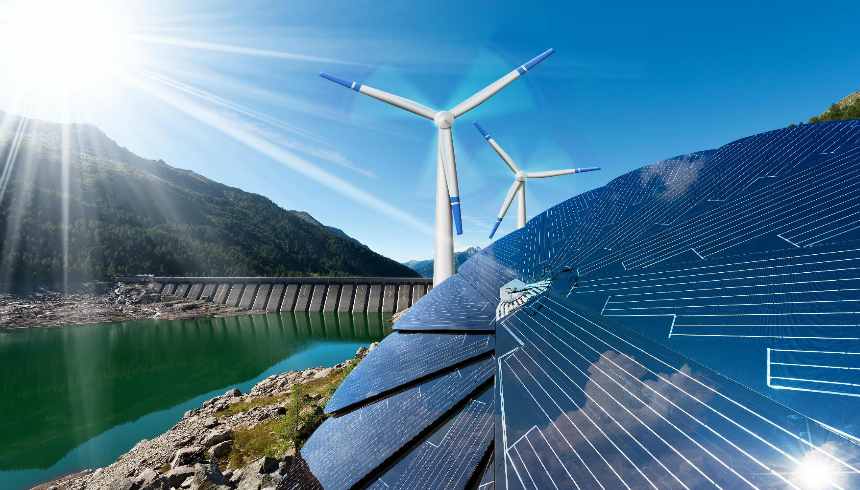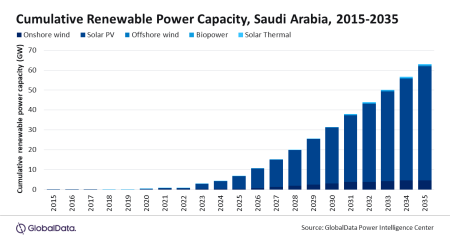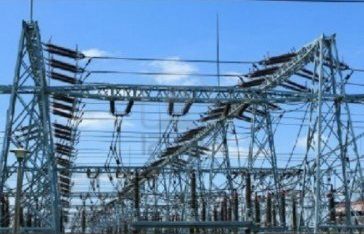 14 February 2014, Dar es Salaam – Long spells of drought, coupled with irregular rainfall patterns experienced in Tanzania have affected hydro power production, forcing TANESCO to turn to an alternative power generation sources which are very expensive.
14 February 2014, Dar es Salaam – Long spells of drought, coupled with irregular rainfall patterns experienced in Tanzania have affected hydro power production, forcing TANESCO to turn to an alternative power generation sources which are very expensive.
Currently almost all the dams at the six hydro power stations are recording below-minimum levels of water, a situation that has reduced power generation to less than 50 per cent.
“Effects of climate change are vivid in relation to production of electricity. Until recently, the major source of energy in the country, (hydro) has gone down drastically due to low water levels in the main dams.
Power production is now being complemented by other sources particularly diesel fuel and natural gas, both of which are very expensive compared to hydro power production,” said Mr John Lazimah, TANESCO Director of Research, at a kick-off workshop on Low Carbon Development (LCD) held in Dar es Salaam recently.
He said that while the current power situation shows that the electricity customer base stands at 1,151,467 with only 21 per cent of Tanzanians being able to access electricity, “the high cost energy resulting from use of non-hydro power production is affecting individuals, institutions, industry and the country’s economy in general.”
According to Mr Lazimah, TANESCO plans to raise the number of Tanzanians who can get electricity to 30 per cent by end of next year and to 75 per cent by 2025.
At present, natural gas contributes 45 per cent to the national grid while diesel fuel contributes 25 per cent and hydropower contributes 30 per cent.
Mtera hydro power plant confided to this paper that the water level at the dam was below the minimum mark of 690.0m above sea level (ASL) but for technical reasons, electricity production should have stopped completely.
“The water level on the dam is 689.34m while the minimum level allowed for electricity production is 690.0m. We are currently producing only 35MW instead of the installed capacity of 80, and this is merely to stabilize the voltage on the national grid.
Otherwise we should have stopped production completely,” he said. He explained that given the current level of water in the dam, it is not possible to operate at full capacity because the water pressure would be low and there is danger of drawing in mud and other dirt from the floor of the dam.
– Tanzania Daily News



